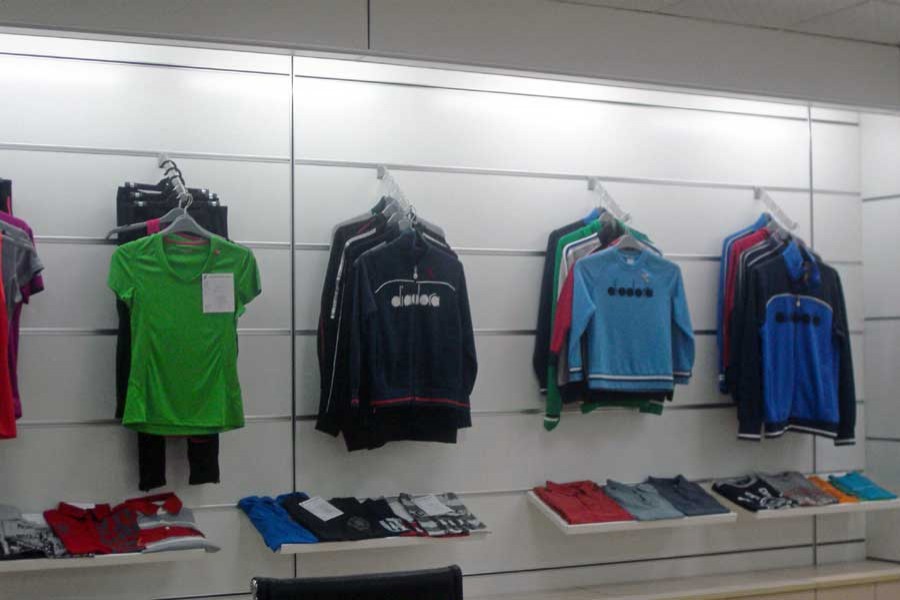If any well-meaning effort towards post-pandemic recovery and rebuilding of the embattled readymade garment industry is at issue, the first thing that comes to mind is the need for the latter's diversification. For how vulnerable the industry is to the uncertainties in its export market had never been so evident as has been the case in the last few months. Jolted by the pandemic, most European economies, the major export destinations of our RMG products, were hit by a recession failing to honour their pre-pandemic supply contracts with Bangladeshi apparel exporters. As a knock-on effect, many RMG units have gone for lay-offs, even outright closures despite the government's effort to keep them afloat through financial incentives.
This has once again made plain the folly of depending on a particular kind of products or markets to run an entire industry. Consider the potential danger it poses not only to the industry in question but also to the country's economy as a whole. Especially when the proceeds from the exports from that sector make up for 10 per cent of the nation's GDP or 84 per cent of its total foreign exchange earnings. So, it is hardly surprising that the industry leaders, experts and policymakers in the government during a recent virtual seminar held similar views on the importance of looking for alternative products and markets for the apparel industry itself. A closer look into the composition of our RMG exports will show that just five products constitute 70 per cent of exports while 74 per cent of those products are cotton-based. As regards their export destinations, 83 per cent of those items go to the European and the North American markets.
Clearly, what we are faced with here is a highly restricted product base beholden to a handful of buyers, majority of them being in Europe and the rest in the USA and Canada. Small wonder that the fragility of such an arrangement for the country's export regime has now become glaringly manifest. But the export-oriented industry need not be wedded solely to cotton fabrics when there are synthetic alternatives, also called the 'manmade fibres' or MMFs. What is more, as the (MMF)s' popularity has grown worldwide, so has their market share risen from the previous 28 per cent to the current level at 40 per cent. Obviously, MMFs present themselves as a compelling option that the industry leaders as well as the government should seriously consider in their post-pandemic recovery strategies. A move to diversify the RMG industry along the line of MMFs would involve manufacturing synthetic yarns and fabrics, dyeing and the like and above all, introduction of new and more efficient technologies. And it hardly needs explaining that any new technology would also imply that the government has also created the necessary digital infrastructure for it to operate.
Now, any major shift towards new products or technologies calls for new investments and that, too, on a massive scale. But as the capacities of the existing industries have been severely reduced due to the pandemic, it would be necessary to boost them up by way of wooing foreign direct investments, or FDIs, into the economy. To make that happen, the government will be required to conduct its economic diplomacy more efficiently as well as launch a worldwide promotional campaign to present Bangladesh as an attractive investment destination.


